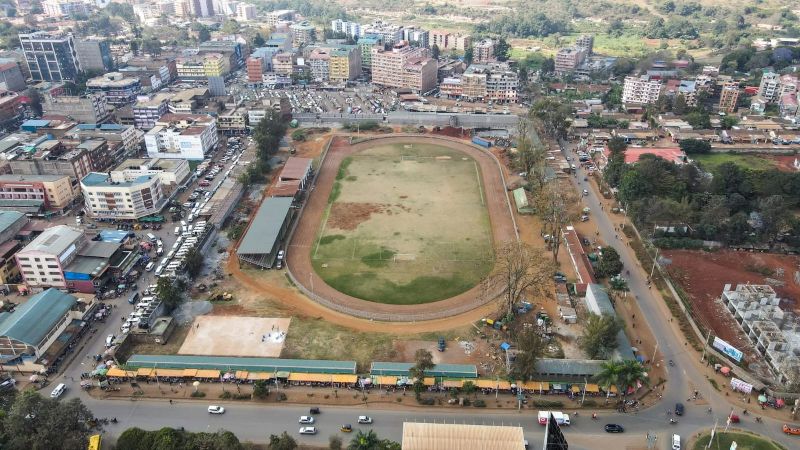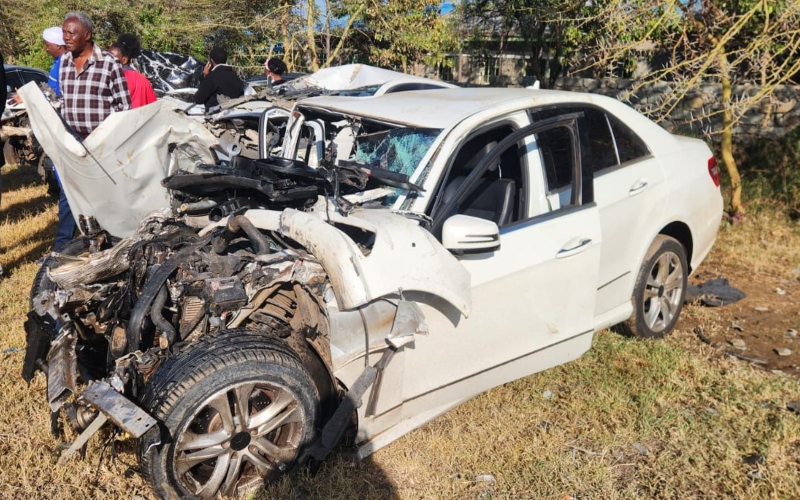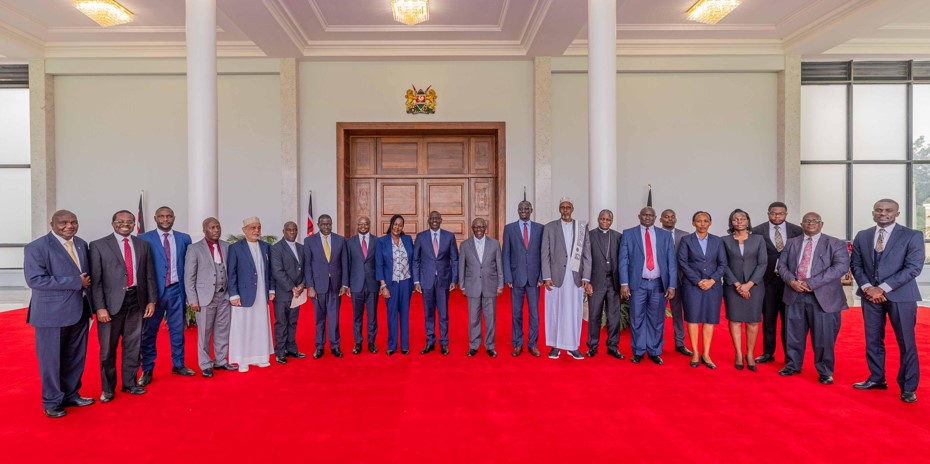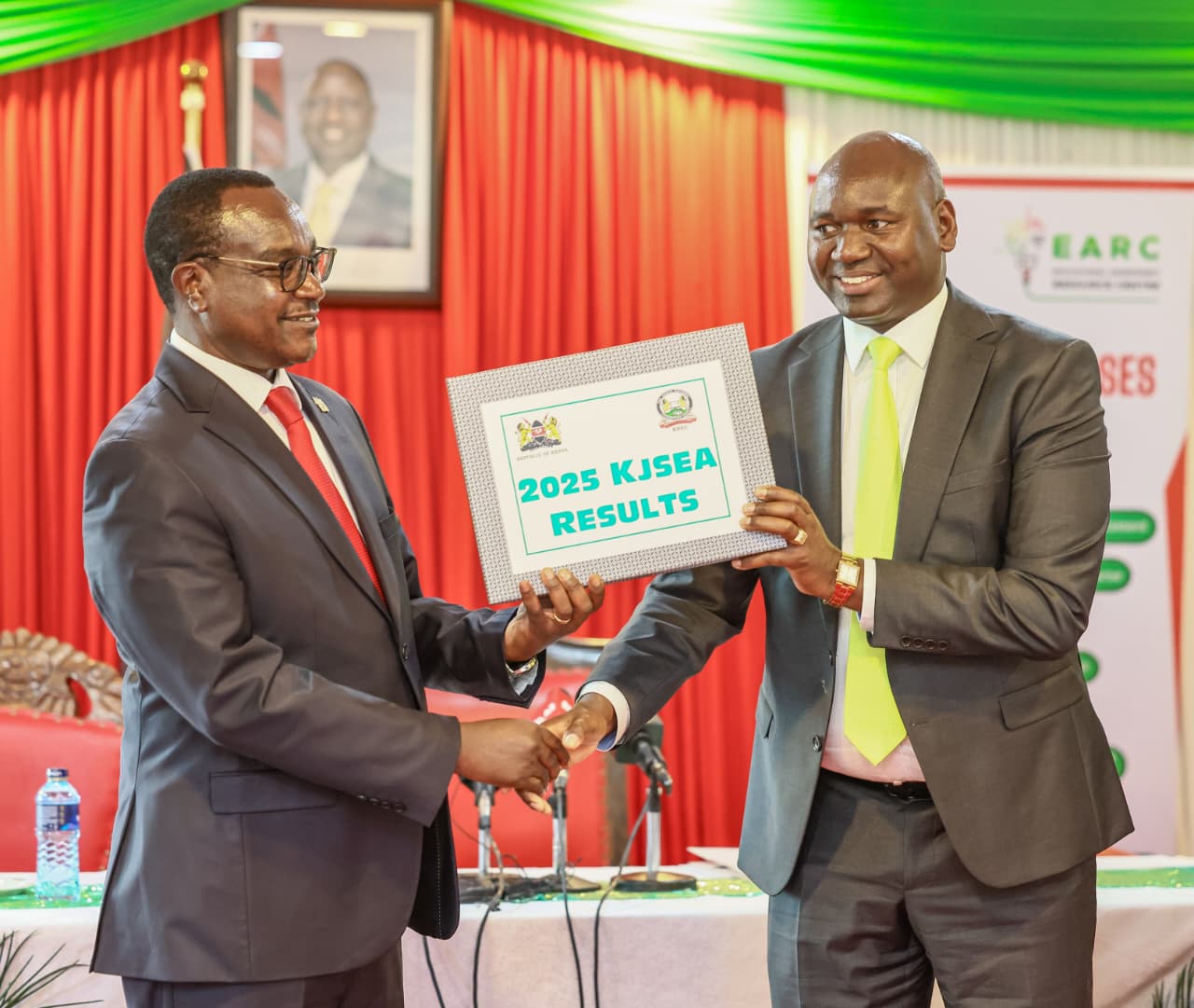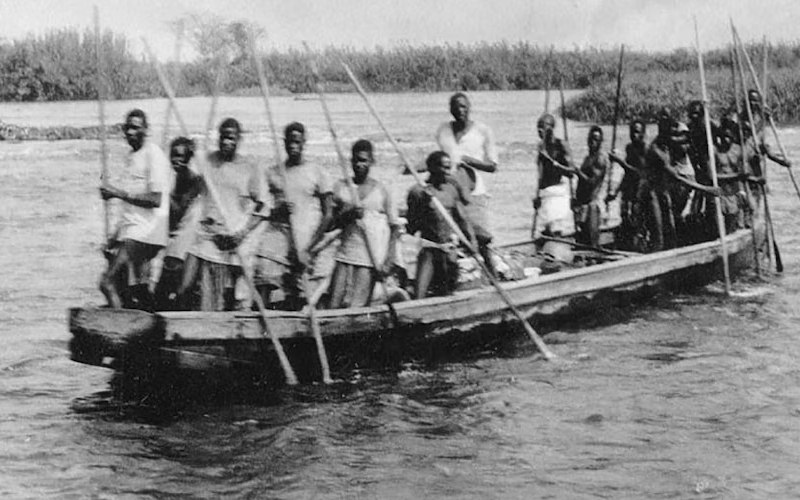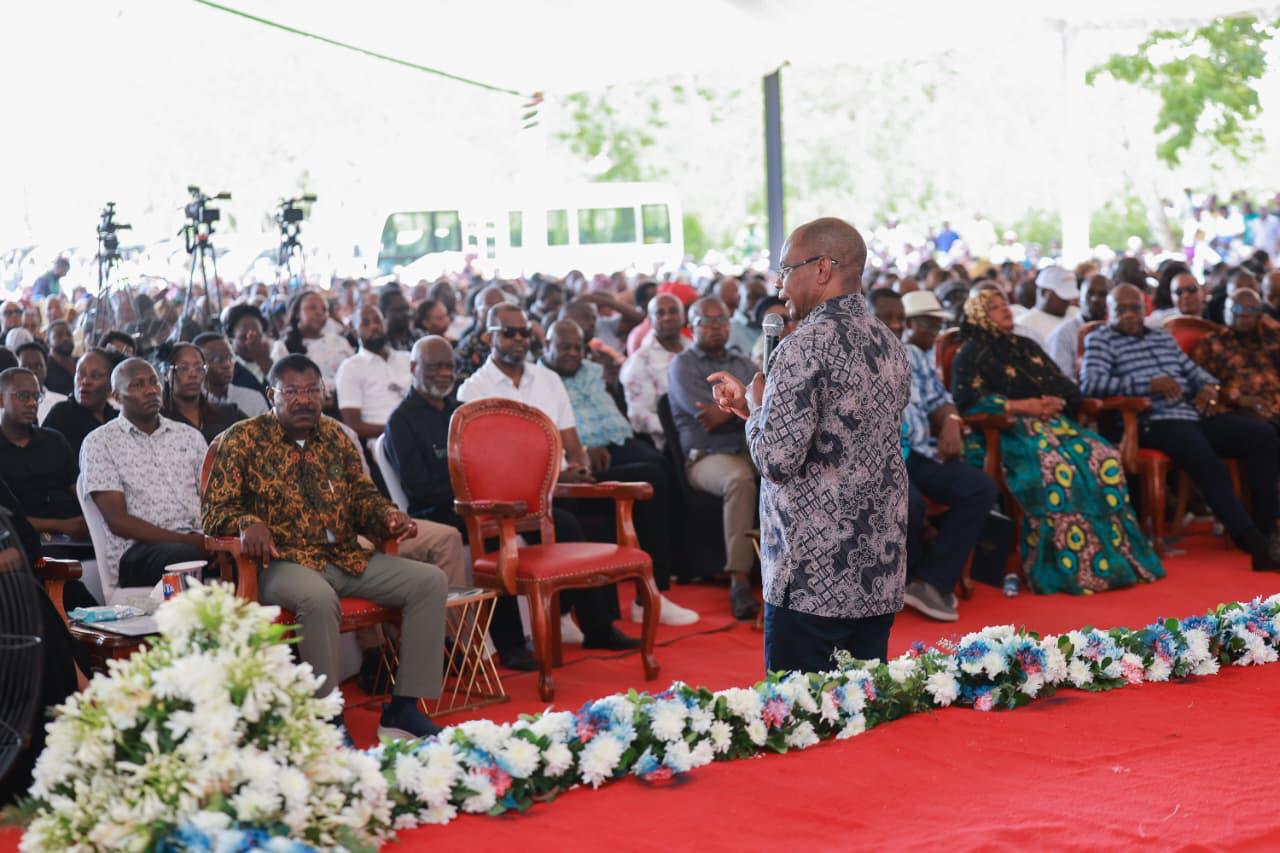Kiambere Dam exceeds its full capacity, authority says

The Tana and Athi Rivers Development Authority (TARDA) on Thursday in its updates to Kenyans over the capacity of dams it manages revealed that Kiambere Dam has exceeded its full capacity following the ongoing rainfall in the country.
In a statement on X, the author said that the levels of the dam now stand at 701.48 mASL level.
More To Read
- Consumers to get more units for less as electricity tariffs decline
- Kenya Power ends manual applications, new connection requests exclusively via website
- 122 electrocuted as illegal connections, encroachment rise - Kenya Power
- Kenya Power awards Sh3.5 billion in tenders to youth, women and PWDs
- Auditor General flags Sh1.37 billion overdue payments at KenGen amid rising debts
- Senators fault NLC over delayed KenGen land compensation
"The water levels at Kiambere Dam stand at 701.48 mASL level, exceeding its full supply capacity levels of 700.00 mASL," said the authority.
TARDA and other agencies manning water reservoirs in the country are on high alert following heavy rains that have occasioned deaths and destruction of properties.
TARDA's update comes a few days after Kenya Electricity Generating Company (KenGen) issued an early warning to communities living near dams and rivers to relocate to higher ground to avoid loss of lives and property.
Managing Director Peter Njenga said the water level at Masinga Dam was recorded at 1,058.22 metres above sea level on May 2, 2024, against a full supply level of 1,056.50 metres. He said such levels were last recorded in 2020.
"We urge those still living near the dams and the Tana River to heed the government's call and move to safer areas," said Eng Njenga.
He said communities living in the Mbondoni site, Kithecu and Menguthe villages were also at risk. However, Eng Njenga explained that the rise was due to a significant increase in the amount of water currently flowing into the dams, which has averaged more than 850m3 per second over the past week, caused by heavy rains in the dams' catchment areas.
🚨UPDATE ON KIAMBERE DAM🚨
— Tana and Athi Rivers Development Authority (TARDA) (@TardaKE) May 9, 2024
May 9th, 2024 0500HRS
✅Kiambere - 701.48
The water levels at Kiambere Dam stand at 701.48 mASL level, exceeding its full supply capacity levels of 700.00 mASL. Here,@TardaKE takes you on a journey of the Dam's structural integrity. #FloodsAdvisoryKE pic.twitter.com/YNmFARDOMV
The KenGen boss said the water levels will remain high for most of May 2024 should the ongoing rains continue as predicted by the Kenya Meteorological Department.
"All our major hydropower dams in the Seven Forks have reached full supply capacity and now hold a combined volume of more than 2.6 billion cubic metres against a total flow of the Tana River estimated at five billion cubic metres," he said.
Other dams in the Seven Forks cascade are Kamburu, Gitaru, Kindaruma and Kiambere.
"The Seven Forks dams hold most of the water from the Tana River, well over half the volume that would otherwise flood areas downstream of the dams, thereby reducing the damage caused by the ongoing rains," the KenGen managing director said in a statement.
But Eng Njenga played down the risk of the dams bursting, saying the infrastructure was strong and had all the safety features to withstand the high pressure of the water.
"Thanks to the good water inflows, KenGen has stepped up power generation from its large hydropower plants, giving a reprieve to electricity consumers in Kenya," he added.
"We are constantly monitoring the structure of our dams and wish to assure all Kenyans that the dam safety measures we have put in place, together with our disaster preparedness, are helping to mitigate the risks of water breaching the dam walls," he said.
Eng Njenga said KenGen, with the support of the government, is considering raising the Masinga Dam by 1.5 metres, which will help hold more water and further delay overtopping during heavy rains.
According to Energy and Petroleum Regulatory Authority (EPRA) reports released on April 29, 2024, against a peak demand of 2,033MW, KenGen's hydropower contributed 36.5 per cent while geothermal accounted for 32 per cent, taking KenGen's share to more than 70 per cent of the total electricity consumed in Kenya.
Top Stories Today
